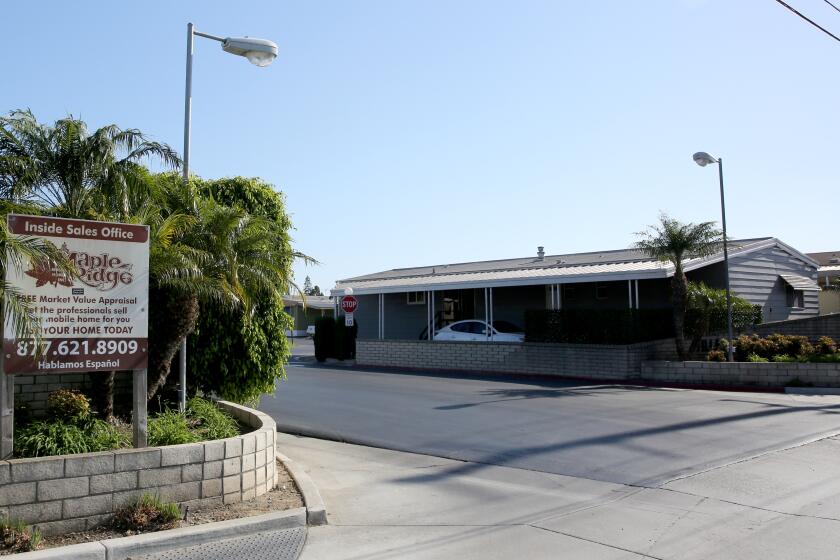Inspiring a survivor
- Share via
For years Leon Leyson chose not to speak openly about his experiences during the Holocaust. The youngest survivor of the famous Schindler’s List, now 78, simply thought people would not be interested.
That was until Steven Spielberg’s pivotal 1993 film “Schindler’s List” came out, telling the true-life encounters of Leyson and thousands of others under the Nazi regime in Poland.
Grossing more than $300 million worldwide, the film brought to light a horrific and inspiring story of how one businessman and noted Nazi supporter, Oskar Schindler, saved more than 1,100 Polish Jews from almost certain death at German hands.
As the film gained notoriety, Leyson began to discuss one of his first jobs as a child, the one that saved his life at Emalia, Deutsch Emailwaren Fabrik, factory near the Jewish ghettos in Krakow.
Now, having become quite accustomed to talking about the events, Leyson shared his experiences with the crowds gathered at the Hanukkah celebrations Sunday at Fashion Island in Newport Beach.
“The Nazis did not kill numbers, they killed people,” Leyson said.
During the festivities, the Fullerton resident lit a menorah constructed from tin food cans that will later go to low-income families.
“The lighting of the menorah is symbolic of the lighting up of our lives and our communities,” said Rabbi Reuven Mintz. “We must not forget the less fortunate during this time.”
Leyson was barely a teenager, just 13 years old, when his father took him to the DEF enamelware factory owned by Schindler in the 1940s.
Leyson’s father, a skilled craftsman, had been chosen by Schindler as one of his first Jewish employees for the new factory.
A skinny kid who could barely reach the handles on the machines without a boost from an overturned box, Leyson was fondly referred to as “Little Leyson” by Schindler.
The days were long, measuring 12-hour shifts, but the people working for Schindler were granted certain freedoms not available to the other Jews in the ghettos.
The restrictions set up by the Nazis seemed endless during the Holocaust. It began with little things, such as where they could sit in public venues, and then grew until almost nothing was allowed, especially traditional cultural festivals.
“I think I’m asked [to light the menorah] because I’m a survivor of the Holocaust and during [the Holocaust] something like this would not have been possible,” Leyson said.
He still gets choked up when recalling those few turbulent years of his childhood.
Celebrating cultural holidays such as Hanukkah was punishable by death during Nazi occupation of Poland, Leyson said to the crowds seated in the Bloomingdale courtyard. But event before that, Hanukkah was a family event, something mostly restricted to the home.
“Before the war the menorah was put up at the window so people could see it from outside, but never celebrated in public,” Leyson said.
The retired schoolteacher came to the United States in 1949 after three years in a displaced persons camp near Frankfurt Am Main in Germany.
Leyson served in the U.S. Army during the Korean War, attended Los Angeles City and Los Angeles State colleges. And for 39 years he taught industrial arts at Huntington Park High School.
“I think of this country as an embodiment of the Hanukkah spirit,” Leyson said, adding that the way the tradition has metamorphosed into a community event inspires him.
“It’s a great symbol of this country, to celebrate so many things,” Leyson said, as an enormous Christmas tree swayed in the background.
KELLY STRODL may be reached at (714) 966-4623 or at kelly.strodl@latimes.com.
All the latest on Orange County from Orange County.
Get our free TimesOC newsletter.
You may occasionally receive promotional content from the Daily Pilot.









